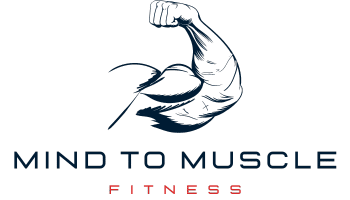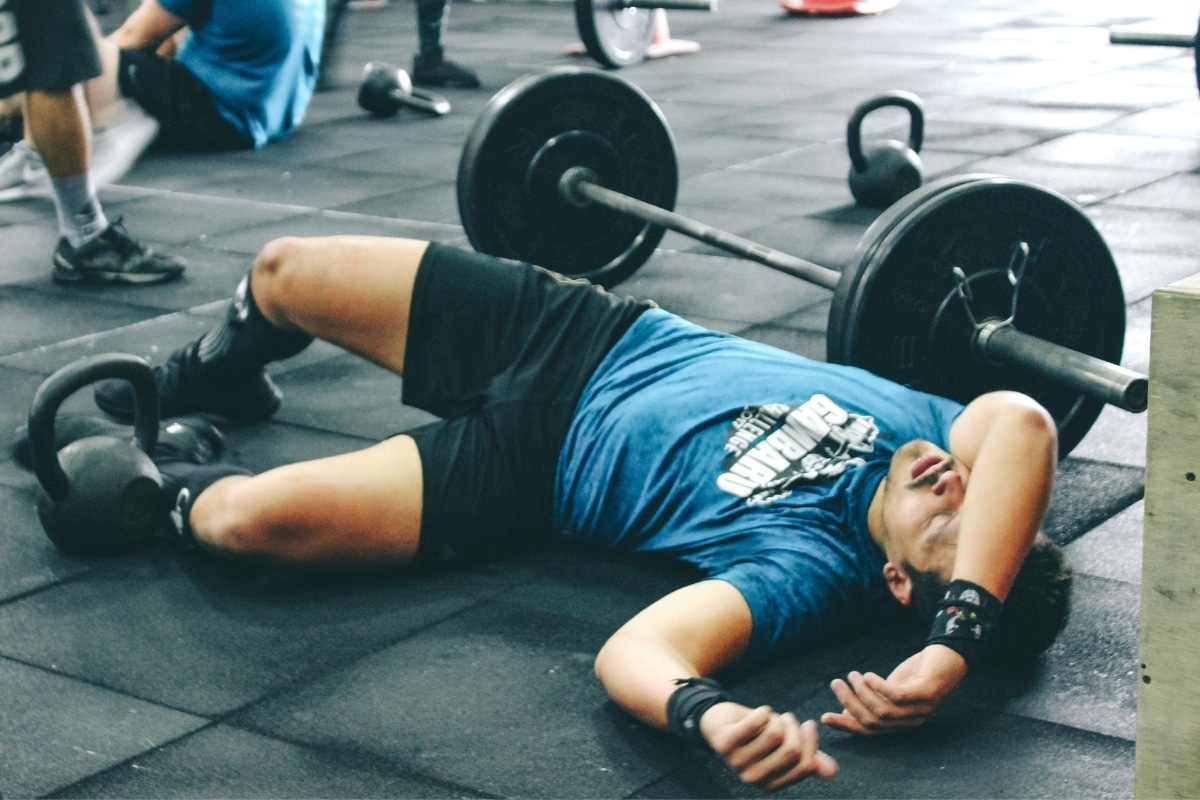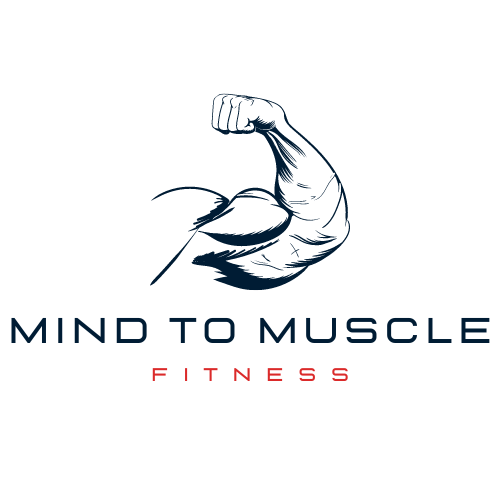Table of Contents
ToggleImagine this: a regular person at the gym might do 50 pull-ups in a week. But to master weighted pull-ups, you need much more. It might sound hard, but moving from a first pull-up to adding weight is possible.
It’s about following a plan. This plan works different muscles for a stronger upper body. This makes your strength training even better.
Whether you’re starting with bands or already doing weighted pull-ups, this guide helps you improve. It’s for everyone – from newbies to pros who want to boost their muscle exercises. This guide leads you to be the best at upper body workouts.
I will show you how to turn an irregular pull-up routine into a strong plan. Whether weighted pull-ups seem like a high hill or you’re halfway up, I’ll help you reach the top.
Key Takeaways
- Understand the foundational levels required to progress from basic to weighted pull-ups effectively.
- Discover a pragmatic EMOM approach to consistently level up your pull-up game.
- Gain insights on how cluster sets can significantly amplify your total rep count.
- Learn about the optimal weekly volume and recovery times to maximize muscle growth and avoid overtraining.
- Get specific workout plans tailored to your current strength level to ensure continuous improvement.
- Explore the value of integrating a variety of pull-up ranges within your weekly workout sessions for superior gains.
- Uncover the secret to increasing pull-up counts, whether you’re at the beginning stages or pushing for those heavy, weighted sets.
Perfecting the Weighted Pull Up Technique
The quest to increase pull up strength goes beyond just adding more weight. It’s about mastering the correct technique. Knowing how to move precisely can greatly boost your strength. It’s a fusion of strength, control, and effective use of muscles in your weighted pull up routine. Let’s picture doing a perfect pull-up. It involves strength, aligning your body correctly, and using the right muscles. Let me guide you on mastering this.
Establishing Your Grip for Maximum Efficiency
Starting off with a good grip is key for strong pull-ups. Hold the bar firmly to stay attached, but not so tight that you can’t move well. Using chains or weighted vests adds resistance, but there’s a limit to the weight. It’s important to find a balance to avoid a weak grip, which can limit your movement and slow muscle growth.
Achieving Full Body Tension for Trunk Stability
Prepare your body next. Activate your core and keep your legs straight or crossed for stability. This makes your body act like a plank, which is crucial for keeping your trunk stable. It readies you for growth in resistance training and stops you from swaying. This solid base keeps you from using momentum, which can hurt your form and lead to injuries.
Executing the Pull with Precision and Power
When pulling yourself up, focus on doing it cleanly and powerfully. If you can manage 5-6 pull-ups, consider adding weight for better strength. Or, work towards 10-12 pull-ups before increasing weight. This stage can benefit from dorsiflexion loading, which requires strict form.
Controlling the Descent to Enhance Muscle Engagement
Going down is as critical as going up. Fight the pull down to work your muscles more, boosting muscle use in your workouts. Make sure to breathe right to avoid getting tired too quickly. This helps your muscles work better and keeps your energy up.
Pull-ups require more than just strength; they need a careful approach to movement. Beginners might start with band-assisted pull-ups to build strength. The goal is to keep getting better, as shown in the table below. It highlights key aspects of mastering weighted pull-ups:
| Technique Component | Purpose | Progression Strategy |
|---|---|---|
| Grip Width | Ensure optimal muscle engagement and prevent shoulder strain. | Maintain a grip slightly wider than shoulder-width. |
| Body Tension | Achieve trunk stability and prevent swaying. | Engage core and glutes, straighten or cross legs. |
| Pull Phase | Activate the lats, biceps, and forearms for a powerful pull. | Add weight progressively when reaching rep targets for strength and muscularity. |
| Descent Phase | Engage muscles eccentrically to solidify technique and encourage muscle growth. | Control the descent, avoiding body sway or weight shift. |
Whether you’re new to weighted pull-ups or looking to improve, remember this: Successful muscle building from such routines relies on strength and skill. Including raw power and detailed technique in your workouts helps build a strong, graceful body.
Weighted Pull Ups: Building Strength and Muscularity
Many people aim to get stronger and develop a muscular body. They do so by following specific strength training methods. Weighted pull ups are great for growing muscles and increasing strength. Rock climbing has become more popular, with 45 million people joining the sport in 2019. This rise has sparked an interest in exercises that boost grip strength, stamina, and upper body strength.
Those who are more experienced in workouts often choose advanced pull-up variations. These include weighted pull-ups and chin-ups. These exercises are excellent for building muscles, especially in the back and biceps. Research shows that certain strength training plans can enhance muscle performance. For example, one study group saw big improvements in muscle control by adding weight to bodyweight exercises.

Adding weights to your pull up variations can significantly increase your strength. Studies have shown strength improvements of +2.2% to +5.0% in different groups. The speed of exercises can also jump up by +28.7% in some cases. These improvements are crucial for sports like rock climbing or weight lifting competitions.
A short 5-week training period can lead to significant gains in arm strength. The improvements depend on the type of muscle activity and the person’s initial fitness level. This highlights the need for personalized training plans in strength training. Incorporating weighted pull ups into your routine can make your workouts much more effective.
Both weighted chin ups and pull ups are a key part of a strength training plan. They help build upper body strength which is necessary for many sports. The benefits of these exercises are supported by both scientific research and personal stories. Indeed, weighted pull-ups play a major role in achieving overall athleticism.
Conclusion
In my journey, weighted calisthenics taught me the value of technique and the right gear. A top-quality weighted pull-up belt does more than increase resistance. It improves form, giving every muscle the challenge it needs to get stronger.
This article highlighted the power of proper grip and careful training. These build true muscle strength.
My training experience shows that doing pull-ups differently affects muscle use. I suggest a grip width that feels good but also keeps shoulders safe. This method is used by top athletes like Kenta Adachi and David Marchante, setting high goals in the world of pull-up equipment-driven fitness.
Weighted pull-ups stand as a symbol of what our bodies can achieve with hard work and the right technique. They help whether you’re climbing or swimming. The strength-to-weight ratio they develop is a key benefit. So, my fitness journey goes on, with pull-ups as a key support.








Average Rating